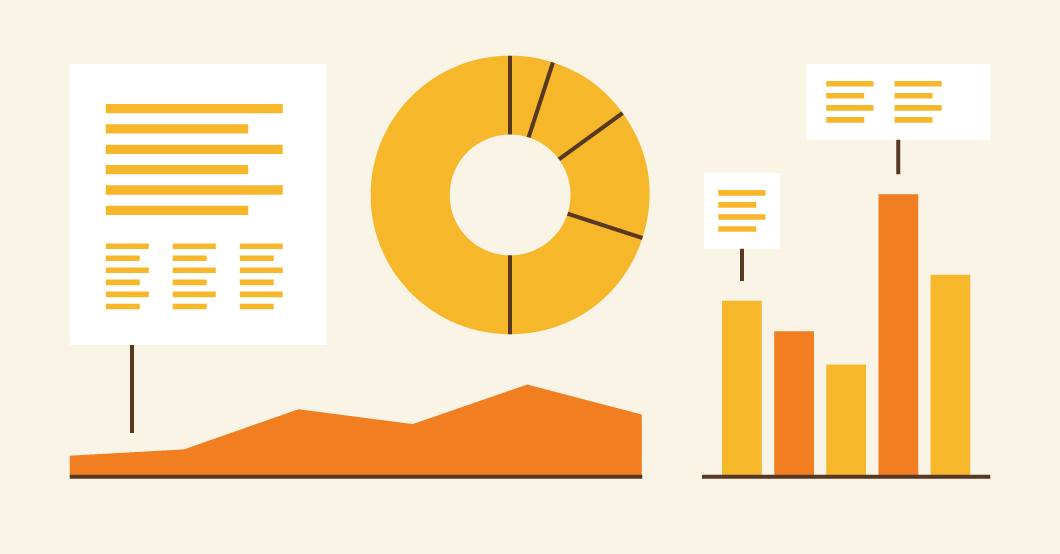Summer 2017 recap: Cool temperatures bring lower demand, prices

Power system operates well during summer months, partial solar eclipse
Cooler than usual temperatures during July and August led to less demand for energy-intensive air conditioning, lowering overall consumer demand for electricity during Summer 2017. The cooler temperatures and lower consumer demand led to a relatively uneventful summer, and the ISO New England control room operators were able to reliably operate the power system throughout the season, including when a partial solar eclipse reduced output from solar power resources on August 21.
Early seasonal peak
New England electricity demand peaked this summer on June 13, when temperatures hit 91 degrees in the 5 p.m. hour. Overall regional demand hit 23,513 megawatts (MW) during the hour, marking the first time since 2008 that the region’s summer peak demand was reached in June.
Temperatures, prices down substantially in August
The month of August saw average temperatures of 70 °F in New England, four degrees cooler than the previous year, lowering demand for air conditioning and the electricity that powers it. This decreased consumer demand and, coupled with cheaper natural gas prices than the previous year, brought lower prices to the region’s energy markets, when compared to August 2016. On average, day-ahead energy prices during the month were $24.90 per megawatt-hour (MWh), a 30 percent decrease over the previous year. Real-time prices dropped even further, averaging $23.77 per MWh during August 2017, a 41 percent decline over the previous year. Overall, the region’s energy market was down 38 percent in August, when compared to the previous year. Read more about the August 2017 energy market.
Reliable operations during a partial solar eclipse
New England was partially under the shadow of the moon on during the afternoon of August 21, when approximately 65% of the sun was obscured by the moon during peak conditions. The ISO was prepared for the event, and the corresponding drop in production from the region’s solar photovoltaic systems, and system operators were able to maintain reliable operations during the eclipse. Estimates show that electricity demand increased by roughly 700 MW because of the interruption in solar generation. Read more about how the system operated during the eclipse.
Summer 2017 degree days
Cooling and heating degree days can help quantify and compare temperatures over a period of time. A degree day is a measure of heating or cooling. A zero degree day occurs when no heating or cooling is required; as temperatures drop, more heating days are recorded; when temperatures rise, more cooling days are recorded. The base point for measuring degree days is 65 degrees. Each degree of a day’s mean temperature that is above 65 degrees is counted as one cooling degree day, while each degree of a day’s mean temperature that is below 65 degrees is counted as one heating degree day. For example, a day’s mean temperature of 90 degrees equals 25 cooling degree days, while a day’s mean temperature of 45 degrees equals 20 heating degree days.
| Summer 2017 |
Cooling degree days (CDD) | Normal CDD for the month | Percent deviation from normal |
|---|---|---|---|
| June | 57 | 50 | +14% |
| July | 98 | 120 | -18% |
| August | 79 | 102 | -33% |
*These peak demand and fuel mix numbers are derived from meters that provide the revenue-quality data used to calculate charges and credits in the wholesale energy market. That revenue-quality data only becomes available after the operating day and includes settlement-only generators whose output is not available to the ISO in real-time. The peak demand and fuel mix information relied upon by the ISO control room staff to manage the power system in real-time is cited in several ISO reports (including the Chief Operating Officer’s report to the NEPOOL Participants Committee) and will vary from the revenue-quality metered data.
- Categories
- Industry News & Developments
- Tags
- peak demand, summer, system operations



